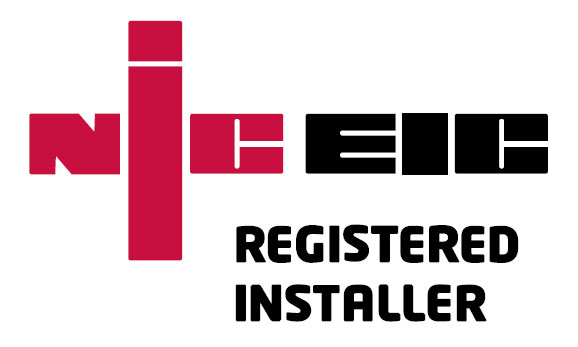Without MVHR your only alternative is extract-only ventilation. But you can’t suck air from a building unless the air is replaced, so every other kind of extract-only system, whether that’s cheap intermittent extractor fans, impressive-sounding centralised multi-room MEV’s, or eco-friendly sounding passive stack ventilation, all rely on window ‘trickle vents’ to let replacement air in. If you happen to close those vents for any reason, none of those systems work properly.
What’s up with trickle vents? In a typical family home, the combined ‘free area’ of the trickle vents required is equivalent to leaving a window wide open on either side of the house, 24×7. Or put another way, it’s like leaving half a brick missing from every exterior wall in every room. Not ideal when you’re trying to stay warm, avoid cold draughts, or keep noise and pollution out.
MVHR is the only kind of ventilation that doesn’t need trickle vents.
Trickle vents offer no air filtration, so whatever dust, insects, pollen, or air pollution is present outside will soon be inside too. And at a rate faster than you think. Depending on the wind speed and direction, with trickle vents you get anything from no ventilation at all, to ten times more than you need. Or zero to 5 Air Changes per Hour. Potentially the air you’re drawing in is more harmful than the air you’re removing.
To put that into context, a 200 sqm family home with 2.4m high ceilings could have as much as 2,400 cubic metres per hour of cold, damp, polluted air whistling through it on a windy day. Try keeping that warm without breaking the bank!
MVHR is the only kind of ventilation that can filter the air you breathe.
Besides the air quality and draught issues, trickle vents let in noise from outside too, negating the acoustic benefits of your expensive double or triple glazing. If air can get through, then so can sound. It doesn’t matter how good the glass is if the windows need to be open a bit in the name of ventilation. If you don’t want ‘flanking’ sound coming in from the neighbours, the road, or aircraft overhead, don’t drill holes in your window frames.
Passive houses are designed to be quiet, comfortable, energy efficient, and eco-friendly. There’s a good reason why MVHR is mandatory for a passive house or anything close, as well as Energy Saving Trust ‘Best Practice’. It’s quite simply the fundamental component for a low energy property
Click here to learn about Flanking Sound transmission
The minimum background ventilation rate for a domestic building is equivalent to changing all of the air inside the building every 2.5 hours. The boost ventilation rate required to handle larger gatherings, decorating and other chemical odours, or cooking accidents is normally 25% higher. The MVHR cooling rate is more than double, and if you have habitable rooms without opening windows like basements, or windows you can’t open for pollution, security, or noise reasons, the ‘purge’ ventilation rate is ten times higher. In other words, correct ventilation means replacing an awful lot of air, potentially a huge amount.
Without MVHR the temperature of the incoming air is the same as the temperature outside, whether that’s below freezing or above 35oC. If you don’t heat or cool the building that’s what temperature it eventually becomes.
With MVHR the incoming air temperature is around 90% of the air temperature that’s already inside, and that air is heated for free. So, in Winter your boiler might only need to lift it from 19oC to 21oC rather than from zero to 21. And in Summer you have the option to cool the incoming air too.





